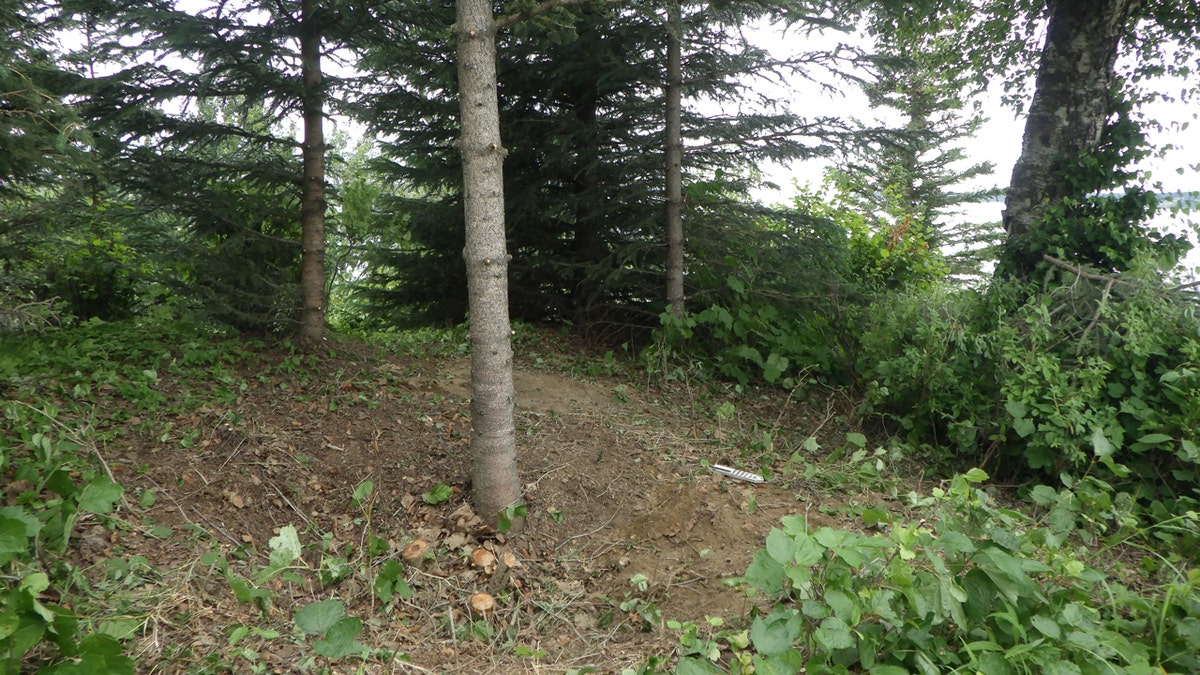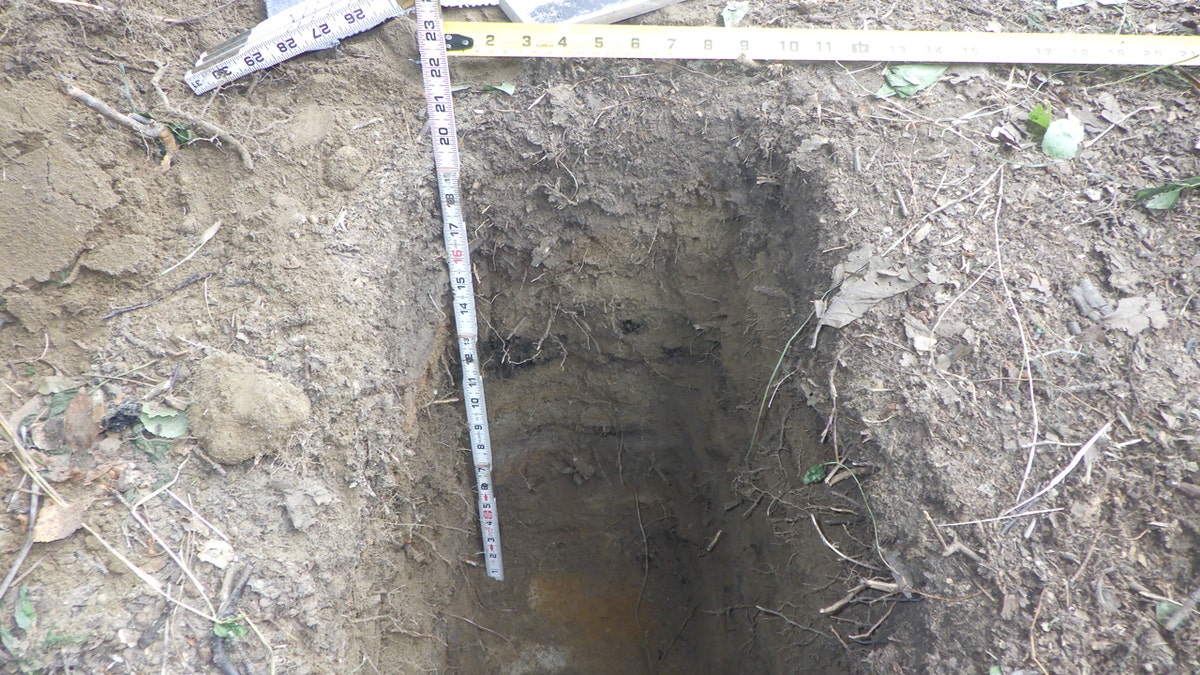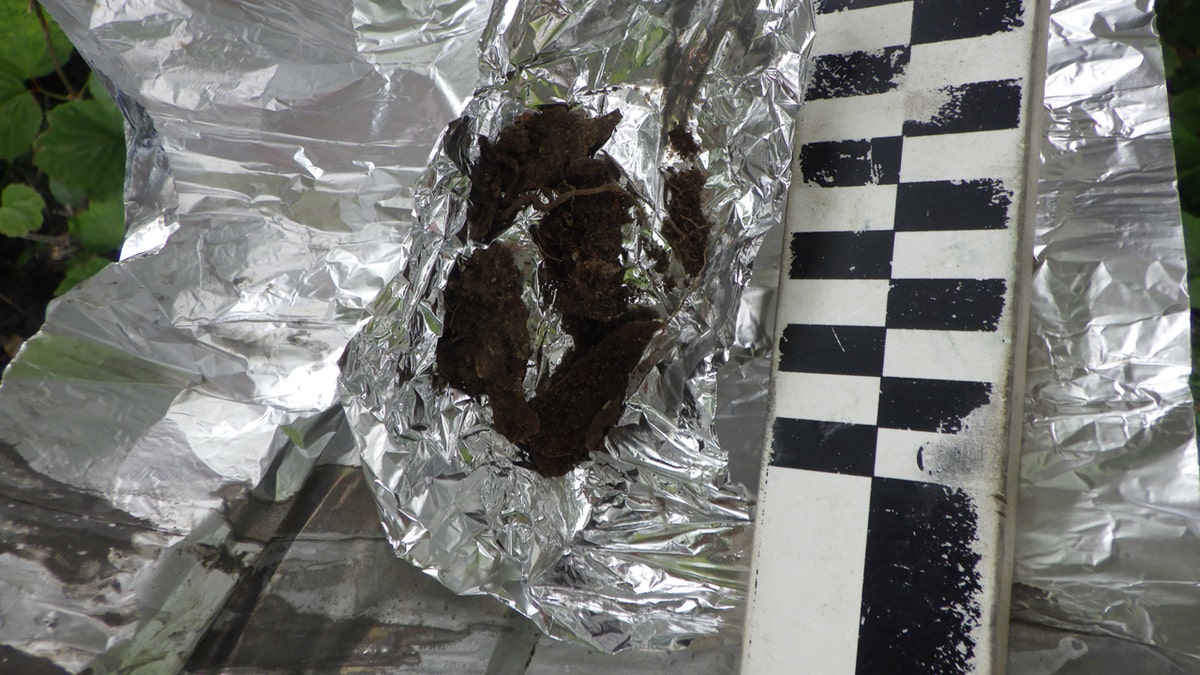A remarkable discovery on Joint Base Elmendorf-Richardson (JBER) in Alaska offers a fascinating glimpse into the food preservation practices of indigenous people from a millennium ago. A birchbark-lined cache pit, akin to a modern root cellar, was unearthed in June 2024, revealing a sophisticated method for storing food in the challenging Alaskan environment.
Archaeologists collaborating with JBER, Northern Land Use Research Alaska, and local tribal councils located the well-preserved pit along Upper Cook Inlet. Radiocarbon dating places the pit's usage at approximately 1,000 years in the past. The pit's location along a known trail used by the Dene people underscores its connection to the region's rich indigenous history.

The pit, measuring approximately 3.5 feet deep, was lined with birchbark and layers of grass, a technique that aided in preserving stored food. This discovery is particularly significant because such pits are rarely found intact. The birchbark lining has provided valuable samples for analysis, offering clues about the types of food stored within. Preliminary findings suggest the pit held moose or caribou meat.

The Dene, also known as Athabascans, are an indigenous group whose language and cultural influence stretches across a vast territory from Alaska and Canada down to the American Southwest. This discovery holds special meaning for the Dena'ina and Ahtna people, who are Dene speakers and have long-held oral traditions about the historical significance of the JBER area. The cache pit provides tangible evidence supporting these traditions, confirming the long-term use of this land by their ancestors.
Despite much of the original site being destroyed by military activity in 1942, the resilience of the cache pit and its intact birchbark lining offers an invaluable window into the past. Further analysis, including radiocarbon and stable isotope testing, is expected to reveal even more detailed information about the pit's contents and the lives of the people who used it. This discovery underscores the importance of archaeological research in enriching our understanding of history and preserving cultural heritage.









